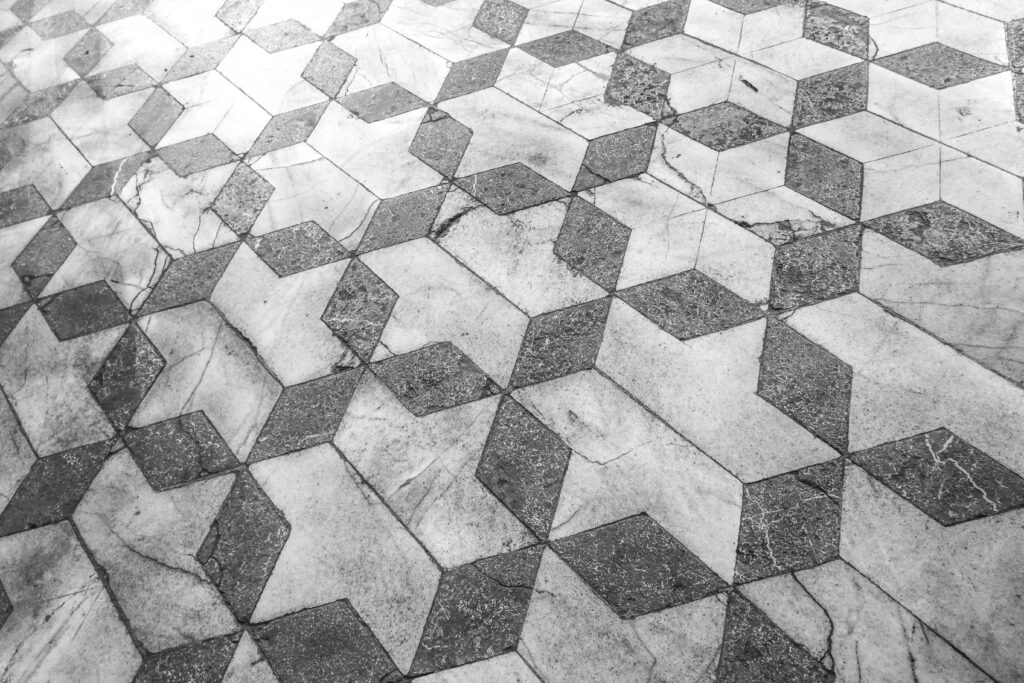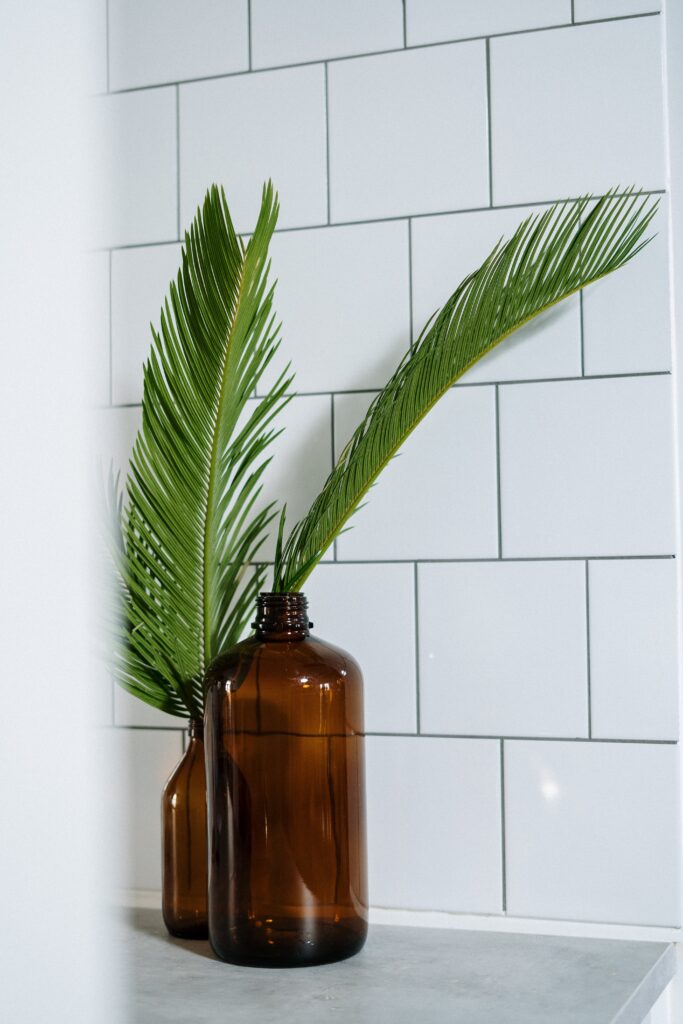
When it comes to home renovations, selecting the right tiles can be a fun, but overwhelming task. In this article, we will look at the different types of tiles that are available on the market and when and where to use them in your home. We will also discuss tips and tricks to help you narrow down your tile selections, daily maintenance techniques, and grout colour selections!
Types of Tiles
Highlighted below are a few of the tile options available on the market.
- Porcelain
- Appropriate for floors and walls
- Durable and easy to maintain
- Available in lots of colours, patterns, shapes, and styles
- One of the most popular types of tiles on the market
- Available at every price point
- Suitable for indoor and outdoor use
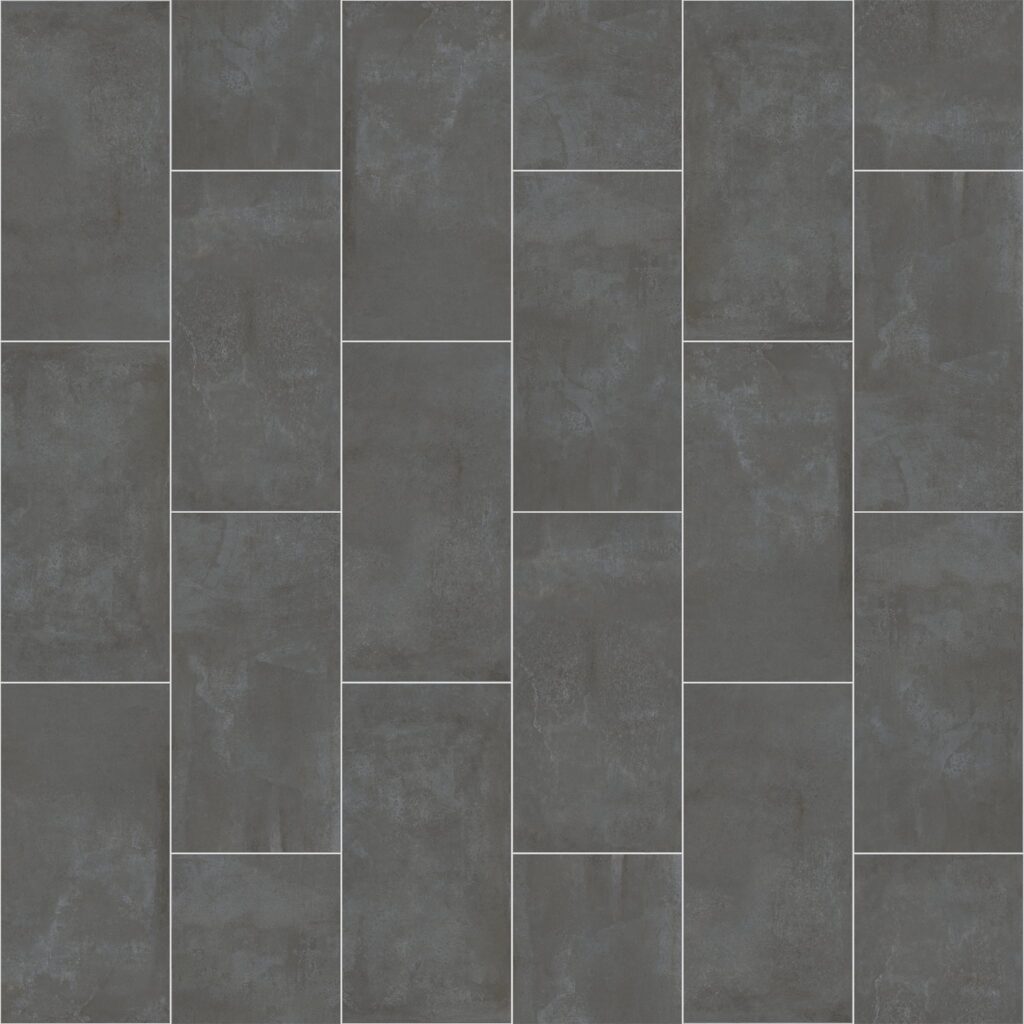
- Mosaic
- Work well for walls, especially backsplashes
- Work well for floor areas that have a smaller footprint
- Lots of grout lines, this could be a positive depending on the look you are trying to achieve
- Requires more cleaning and maintenance
- An excellent option for feature walls and shampoo niches
- Available in different materials, colours, and patterns
- Can be expensive depending on the material, for example, marble mosaics are generally more expensive

- Cement Tiles
- Grout lines may be uneven depending on the nature of the tile
- Requires sealing depending on usage or it can change colours over time
- Can be challenging to install depending on the design
- Cement tiles are highly durable and can be installed in high-traffic areas
- Available in lots of colours and patterns, so there is something out there for everyone
- Can be considered statement tiles
- Can be a more costly option compared to porcelain and ceramic tiles
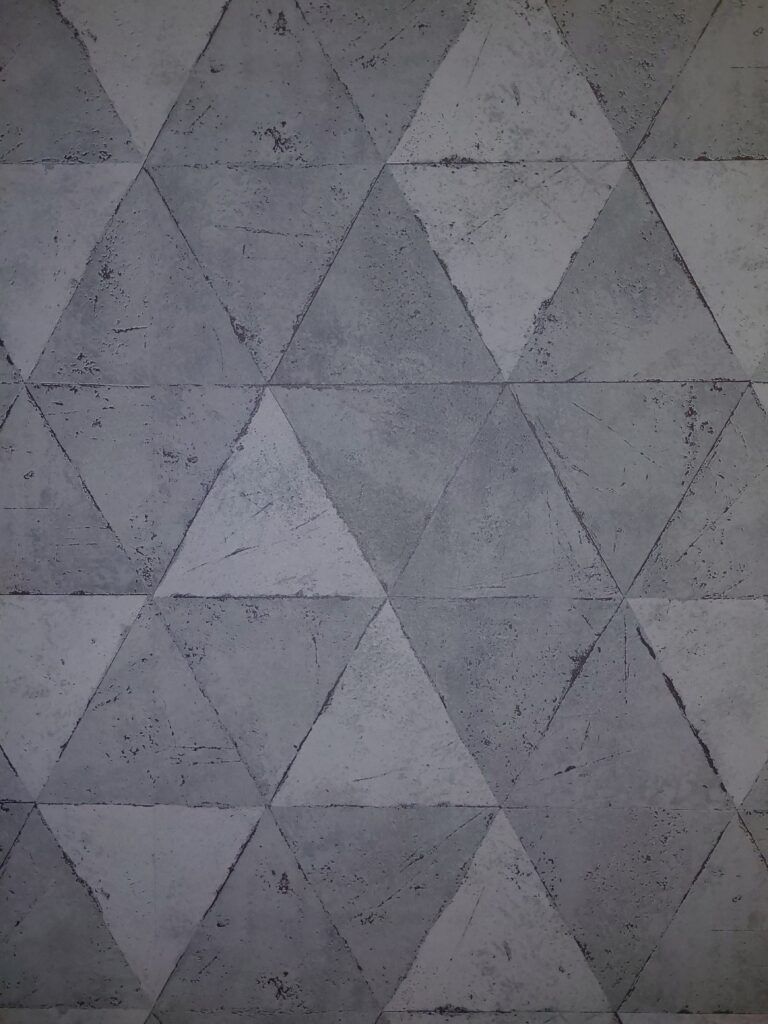
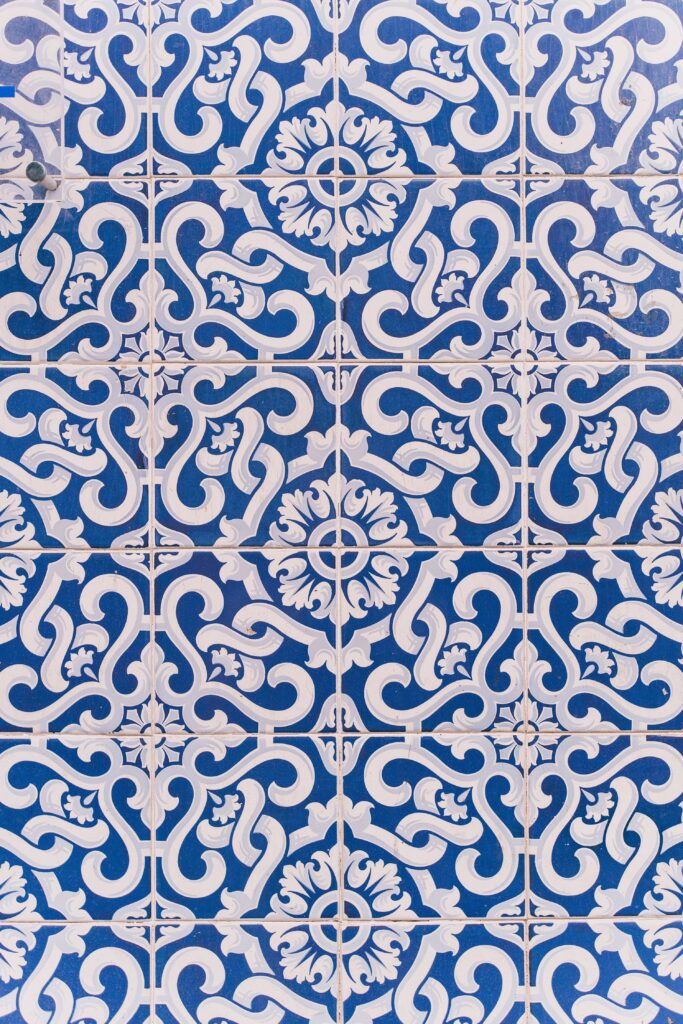
- Natural Stone
- Will require more maintenance when it comes to cleaning
- Requires sealing depending on usage
- More expensive price range compared to all other materials
- Suitable for walls and floors
- Available in small and large scales
Tips for Sourcing Tiles
Walking into a huge tile showroom can be overwhelming, here are some tips to make the process a little easier.
- Walk around the showroom and note things you are gravitating towards.
- Make sure the emphasis is on figuring out what you like and dislike, design-wise, and less about where the tiles will be installed.
- Request samples to make schemes!
- It is important to take samples home from the showrooms and see how the tiles look in the lighting of your home and space in general. Having samples is also beneficial in deciding other elements of the space.
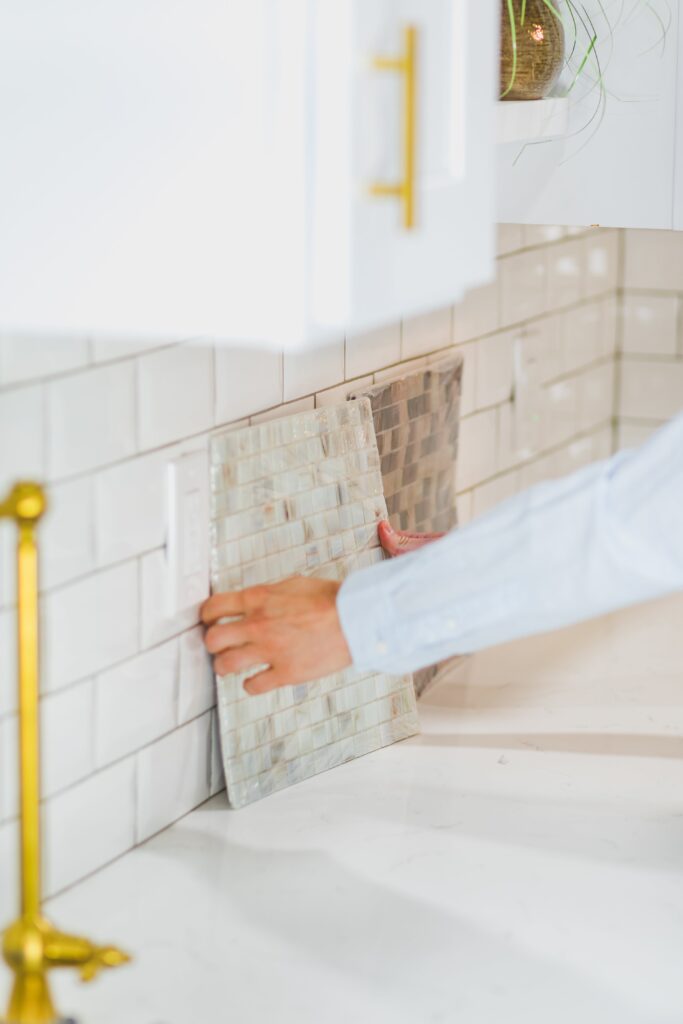
- Narrow down tile selections by focusing on the space.
- Think about how much use the area gets and who will primarily be using the space that is being tiled. Is it a high-traffic zone? Will it be used primarily by children? These are important factors to consider and will help you eliminate selections that you may have sourced at the showroom.
- If you don’t love it, then it’s not the right tile!
- I tell all my clients this when sourcing tiles. Tiles can be a permanent feature in a home and something you will not likely have to replace for a very long time. Tiles can last a lifetime depending on the material, maintenance, and installation techniques used. Tiles are also expensive to install, so if you don’t love them, then move on, there are tons of options on the market to choose from.
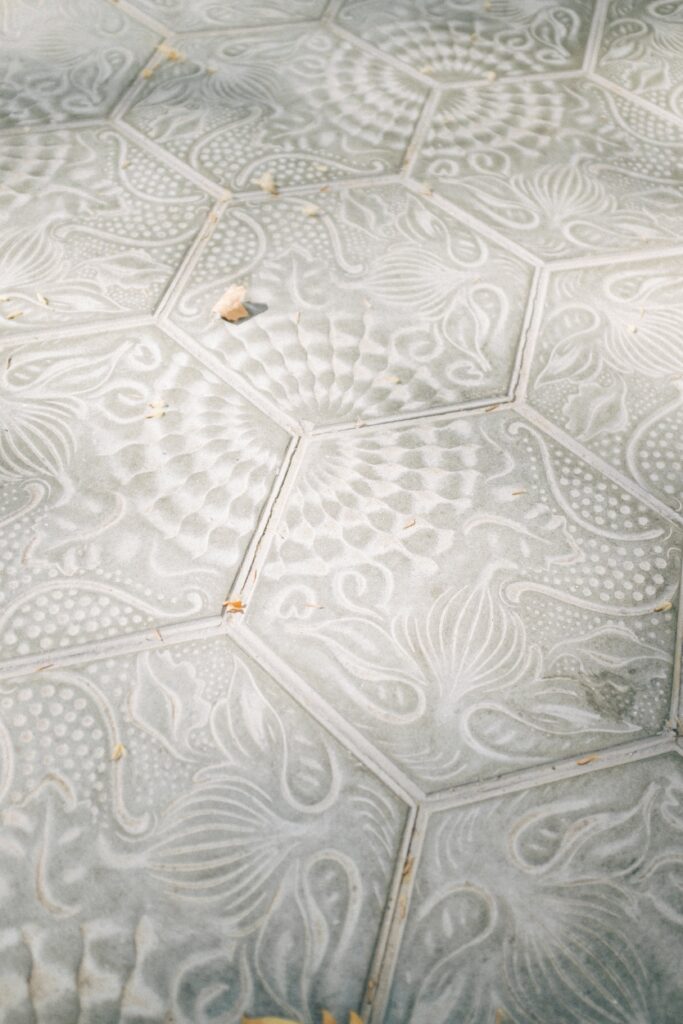
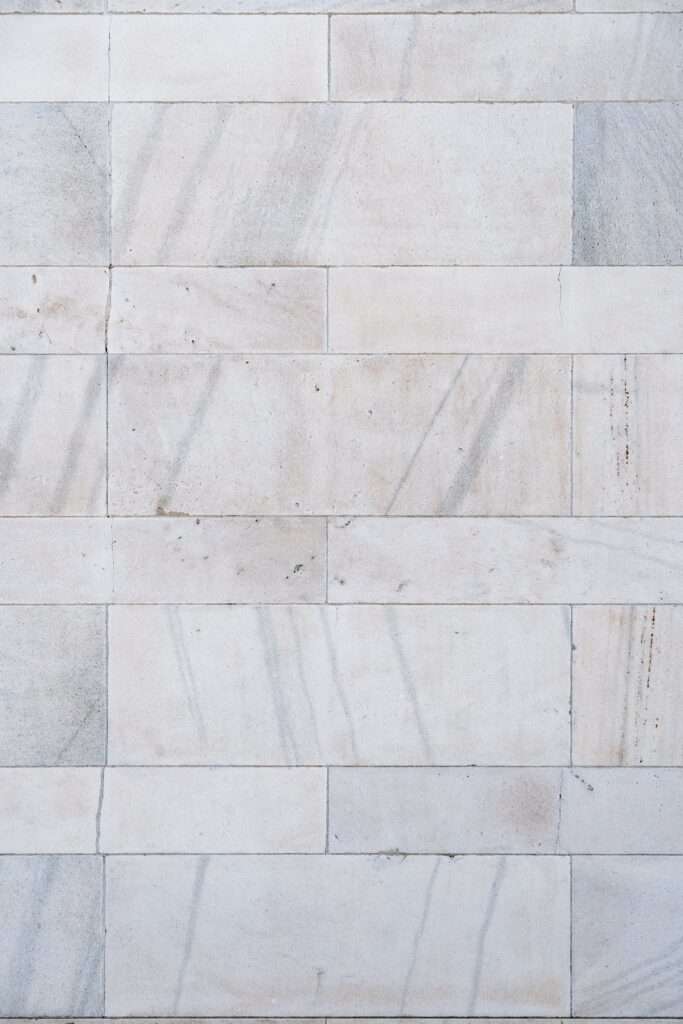
- Work with a designer!
- If you find the process of sourcing and creating schemes overwhelming and are not sure what works well together, then hire a designer to do the leg work for you.

Maintenance Tips
Our tips and tricks for maintaining tiles.
- Natural stone tiles will require sealing now and then, depending on usage.
- Porcelain tiles should be cleaned regularly using general household cleaners.
- Cleaning the grout is equally important.
- Marble and cement tiles can patina over time, some homeowners love this look and opt not to re-seal their tiles.
- Gentle household cleaning solutions are your best bet.
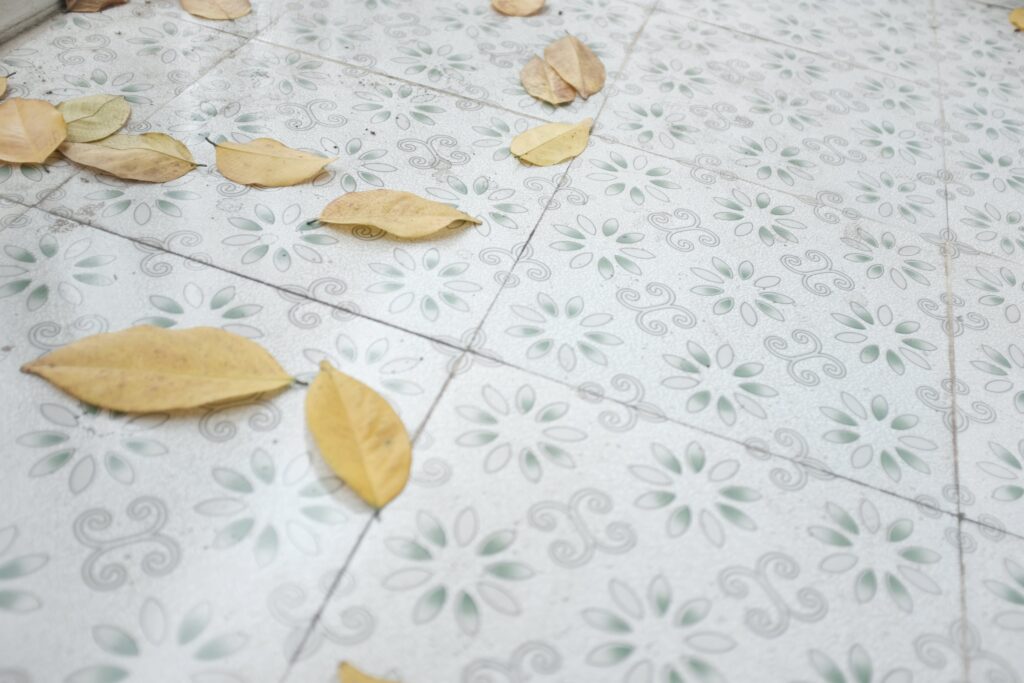
Grout
Grout is a very important element of tile installation as it can change the look drastically. Below are some strategies for selecting the right colour.
- Opt for a grout that matches closely to the colour of the tiles if you want it to blend in. The tiles become the focus of the installation with this method.
- Contrasting grout colours can be used to make a statement. This defines the shape of the tile more and makes the tiles pop. However, this look is not preferred by everyone.
- Keep in mind that white grout requires more maintenance and can change colours quickly if not cared for properly. Try to avoid using it for floors, especially in high-traffic zones.
- Don’t be afraid to branch out. Grout colour selections can be limited in big box stores, but there are tons of brands that specialize in grout. It might be more difficult to obtain and a little more costly, but the colour selections available with specialty brands will make it well worth it!
